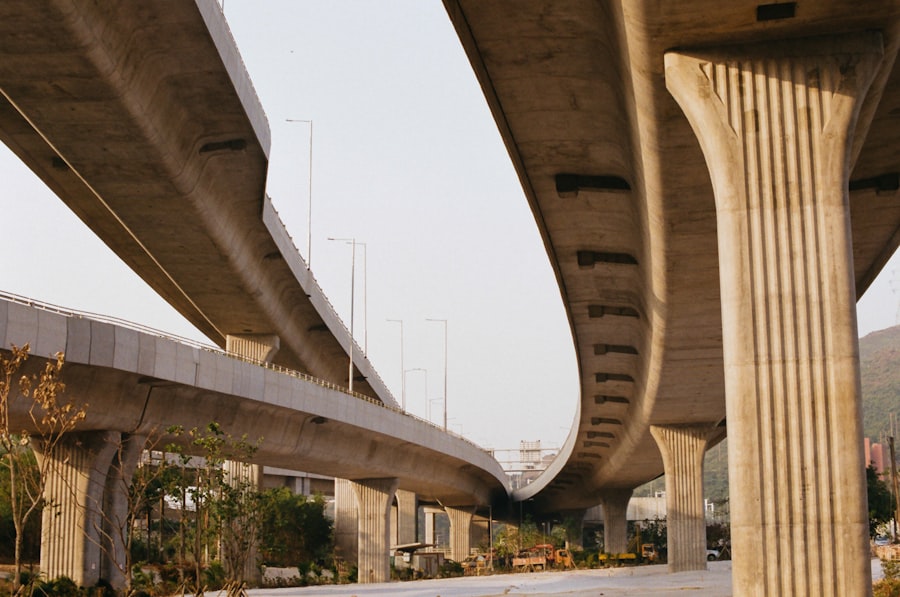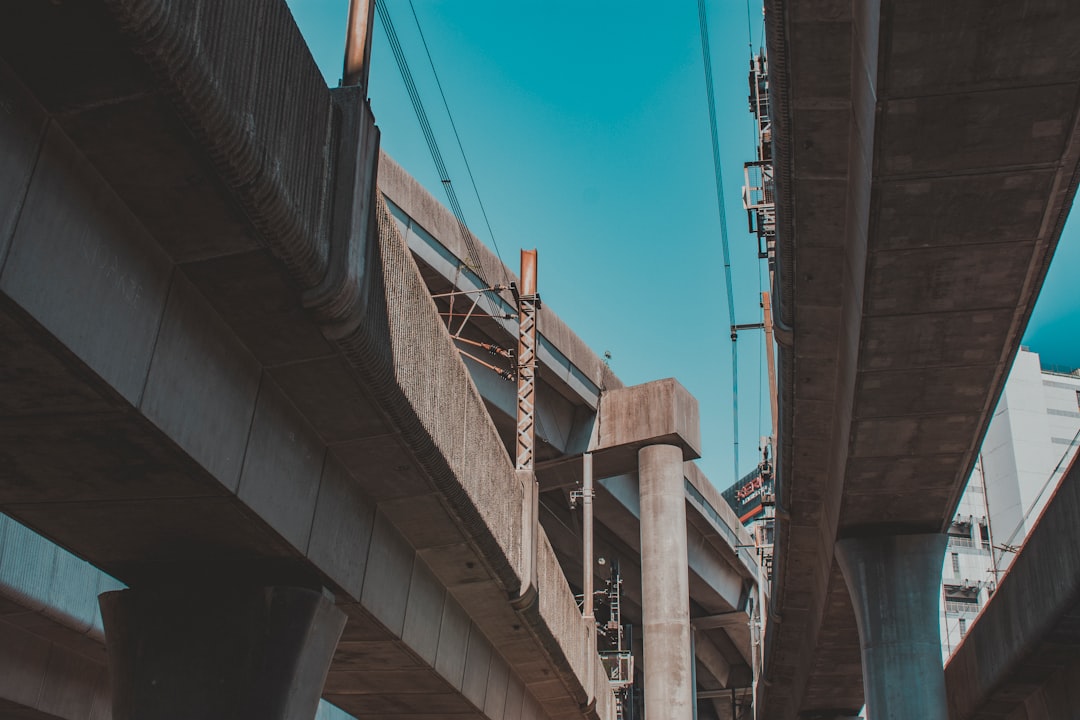New York City, a bustling metropolis known for its iconic skyline and vibrant culture, is also home to a complex and aging infrastructure system. The city’s roads, bridges, subways, and water systems have been under strain for decades, with many components dating back to the early 20th century. The American Society of Civil Engineers (ASCE) has consistently rated New York’s infrastructure as “C” or lower, indicating a pressing need for upgrades and repairs.
The subway system, which serves millions daily, is particularly emblematic of these challenges, with frequent delays and maintenance issues that frustrate commuters. Moreover, the city’s infrastructure is not just about transportation; it encompasses utilities, public spaces, and emergency services. The aging water mains, for instance, are prone to leaks and breaks, leading to service disruptions and costly repairs.
The lack of investment in these critical systems has resulted in a patchwork of temporary fixes rather than comprehensive solutions. As the population continues to grow and climate change exacerbates existing vulnerabilities, the urgency to address these infrastructure challenges becomes increasingly apparent.
Key Takeaways
- New York City’s infrastructure is aging and in need of significant updates and maintenance.
- Aging infrastructure in New York City has a direct impact on daily life, causing disruptions and inconveniences for residents and businesses.
- Neglecting infrastructure maintenance comes with a high economic cost, including increased repair expenses and lost productivity.
- Aging infrastructure in New York City has environmental consequences, such as water and air pollution, and contributes to climate change.
- Updating infrastructure in a dense urban environment like New York City presents unique challenges, including limited space and the need to minimize disruptions to daily life.
The Impact of Aging Infrastructure on Daily Life
The effects of aging infrastructure on daily life in New York City are profound and multifaceted. For residents and visitors alike, the experience of navigating the city can be marred by the consequences of outdated systems. Commuters often face delays on the subway due to signal malfunctions or track repairs, leading to frustration and lost productivity.
Buses frequently encounter traffic congestion exacerbated by poorly maintained roads, making public transportation less reliable and efficient. Beyond transportation, the impact extends to essential services such as water supply and waste management. Frequent water main breaks can disrupt service and lead to boil-water advisories, affecting thousands of households.
Additionally, the city’s stormwater management systems struggle to cope with heavy rainfall, resulting in localized flooding that can damage property and disrupt daily activities. These inconveniences highlight how aging infrastructure not only affects the efficiency of city services but also diminishes the quality of life for its residents.
The Economic Costs of Neglecting Infrastructure Maintenance

Neglecting infrastructure maintenance in New York City carries significant economic implications. The costs associated with deferred maintenance can escalate rapidly, as temporary fixes often lead to more extensive repairs down the line. For instance, a small leak in a water main can evolve into a major break if not addressed promptly, resulting in costly repairs and service interruptions that affect businesses and residents alike.
The ASCE estimates that failing to invest in infrastructure could cost the U.S. economy trillions over the coming decades due to lost productivity and increased repair costs. Moreover, the economic vitality of New York City is closely tied to its infrastructure.
A well-maintained transportation network facilitates commerce and tourism, while reliable utilities support businesses’ operational needs. Conversely, deteriorating infrastructure can deter investment and lead to job losses as companies seek more reliable environments elsewhere. The long-term economic health of the city hinges on proactive measures to maintain and upgrade its infrastructure, ensuring that it remains competitive in an increasingly globalized economy.
The Environmental Consequences of Aging Infrastructure
| Environmental Consequences | Impact |
|---|---|
| Increased Energy Consumption | Old infrastructure requires more energy to operate efficiently |
| Greenhouse Gas Emissions | Old infrastructure contributes to higher emissions due to inefficiencies |
| Water Pollution | Leaking pipes and outdated sewage systems can lead to water contamination |
| Habitat Destruction | Infrastructure projects can disrupt natural habitats and ecosystems |
The environmental consequences of aging infrastructure in New York City are becoming increasingly evident as climate change intensifies. The city’s outdated stormwater management systems are ill-equipped to handle heavy rainfall events, leading to increased runoff and pollution in local waterways. This not only threatens aquatic ecosystems but also poses health risks to residents who rely on these water sources for recreation and drinking water.
Additionally, aging infrastructure contributes to greenhouse gas emissions through inefficient energy use and increased traffic congestion. For example, poorly maintained roads can lead to longer travel times for vehicles, resulting in higher emissions from idling engines. Furthermore, outdated heating systems in buildings can waste energy and contribute to air pollution.
Addressing these environmental challenges requires a comprehensive approach that integrates sustainable practices into infrastructure planning and maintenance.
The Challenges of Updating Infrastructure in a Dense Urban Environment
Updating infrastructure in a dense urban environment like New York City presents unique challenges that require careful consideration and planning. The sheer volume of people and vehicles creates logistical hurdles when it comes to construction and maintenance work. Road closures or subway disruptions can lead to significant traffic congestion and inconvenience for commuters, necessitating strategic scheduling and communication with the public.
Moreover, the city’s historical architecture complicates infrastructure upgrades. Many buildings are protected landmarks, limiting the scope of potential improvements. Additionally, underground utilities often overlap in complex networks, making it difficult to access one system without disrupting another.
These challenges underscore the need for innovative solutions that balance the demands of modernization with the preservation of the city’s rich history.
The Role of Government in Addressing Aging Infrastructure

The government plays a crucial role in addressing the challenges posed by aging infrastructure in New York City.
This includes securing funding for large-scale projects through grants, bonds, or public-private partnerships that can leverage additional resources.
Furthermore, government agencies must engage with communities to understand their needs and concerns regarding infrastructure improvements. Public input can help shape projects that are not only effective but also equitable, ensuring that all residents benefit from upgrades. By taking a proactive approach to infrastructure planning and maintenance, government entities can help mitigate the risks associated with aging systems while fostering public trust and support.
The Importance of Public-Private Partnerships in Infrastructure Maintenance
Public-private partnerships (PPPs) have emerged as a vital strategy for addressing New York City’s infrastructure challenges. These collaborations between government entities and private companies can provide much-needed resources and expertise for large-scale projects. By leveraging private investment, cities can accelerate infrastructure improvements without solely relying on taxpayer funding.
PPPs also encourage innovation by allowing private firms to bring new technologies and methodologies to public projects. For instance, companies specializing in smart technology can help modernize traffic management systems or enhance energy efficiency in public buildings. These partnerships not only improve infrastructure but also create jobs and stimulate economic growth within the community.
The Potential Risks and Dangers of Aging Infrastructure
The potential risks associated with aging infrastructure in New York City are significant and cannot be overlooked. Structural failures can lead to catastrophic events such as bridge collapses or subway accidents, endangering lives and causing widespread disruption. The tragic collapse of the I-35W Mississippi River bridge in 2007 serves as a stark reminder of what can happen when infrastructure is neglected.
Moreover, aging systems can exacerbate public health crises.
Water contamination incidents can lead to long-term health issues and erode public trust in municipal services.
Addressing these risks requires immediate action to assess and upgrade vulnerable infrastructure components before they become critical failures.
Innovative Solutions for Updating New York City’s Infrastructure
Innovative solutions are essential for updating New York City’s aging infrastructure effectively. One promising approach is the integration of smart technology into existing systems. Smart sensors can monitor structural integrity in real-time, providing data that helps prioritize maintenance efforts before issues escalate into major problems.
Additionally, smart traffic management systems can optimize flow patterns based on real-time data, reducing congestion and emissions. Another innovative solution involves sustainable practices such as green infrastructure. Implementing permeable pavements or green roofs can help manage stormwater runoff while enhancing urban green spaces.
These environmentally friendly approaches not only address immediate infrastructure needs but also contribute to long-term resilience against climate change impacts.
The Need for Long-Term Planning and Investment in Infrastructure
Long-term planning and investment are critical for ensuring the sustainability of New York City’s infrastructure. Short-term fixes may provide temporary relief but fail to address underlying issues that will continue to worsen over time. A comprehensive strategy that outlines clear goals for infrastructure development over the next several decades is essential for creating a resilient urban environment.
This long-term vision should include regular assessments of existing systems to identify vulnerabilities and prioritize upgrades based on urgency and impact. Additionally, securing consistent funding sources will be vital for maintaining momentum on infrastructure projects without interruption. By committing to long-term planning and investment, New York City can build a robust infrastructure system capable of meeting future demands.
The Future of New York City’s Infrastructure: Opportunities and Challenges
The future of New York City’s infrastructure presents both opportunities and challenges as it navigates an evolving landscape shaped by technological advancements and climate change considerations. On one hand, there is immense potential for innovation through smart technologies and sustainable practices that can transform how the city manages its resources. Embracing these advancements could lead to more efficient systems that enhance quality of life while reducing environmental impacts.
However, significant challenges remain on the horizon. Funding constraints may hinder ambitious projects aimed at modernization, while political dynamics could complicate decision-making processes related to infrastructure investments. Additionally, as climate change continues to pose threats such as rising sea levels and extreme weather events, the city must adapt its infrastructure strategies accordingly.
In conclusion, addressing New York City’s aging infrastructure is not merely an option; it is an imperative for ensuring the safety, economic vitality, and environmental sustainability of one of the world’s most iconic cities. Through collaborative efforts among government entities, private partners, and communities at large, there lies an opportunity to create a resilient urban landscape that meets the needs of current residents while preparing for future generations.
New York City’s infrastructure is a complex and aging network that has been the backbone of the city’s growth and development for decades. With many of its bridges, tunnels, and subway systems dating back to the early 20th century, the city faces significant challenges in maintaining and upgrading these critical components to meet modern demands. An interesting article that delves into the intricacies of urban infrastructure and its historical context can be found on MyGeoQuest. This article provides insights into how cities like New York manage their aging infrastructure and the innovative solutions being implemented to ensure sustainability and efficiency. For more detailed information, you can read the related article on MyGeoQuest’s website.
WATCH THIS! The Real Cost of NYC Living: Your Wallet, Sanity, and Subway Survival Skills
FAQs
What is the age of New York City’s infrastructure?
New York City’s infrastructure is aging, with many of its systems and structures dating back to the early 20th century.
What are some examples of aging infrastructure in NYC?
Examples of aging infrastructure in NYC include its water and sewer systems, bridges, roads, and subway system.
How does the age of NYC’s infrastructure impact its residents?
The aging infrastructure in NYC can lead to increased maintenance costs, service disruptions, and potential safety hazards for residents.
What is being done to address the aging infrastructure in NYC?
New York City has ongoing infrastructure improvement projects, including the repair and replacement of aging systems and structures, as well as the implementation of new technologies to modernize its infrastructure.
What are the challenges of addressing the aging infrastructure in NYC?
Challenges in addressing the aging infrastructure in NYC include funding constraints, coordination of various agencies and stakeholders, and minimizing disruptions to residents and businesses during construction and repair projects.
